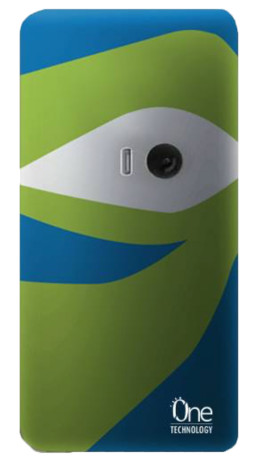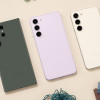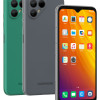ZTE's Project CSX Picks Eyeball-Controlled, Sticky Phone
Oct 20, 2016, 5:39 PM by Eric M. Zeman

ZTE today announced that the winning entry of its Project CSX crowd-sourced competition is an eye-controlled smartphone. Owners of the device, which will be built by ZTE over the course of the next year, will be able to control the handset by moving their eyes around. The phone will also include a self-adhesive rear panel so it sticks to surfaces like car dashboards without help. Thousands of voters selected from dozens of initial entries that were narrowed down to five entries this week. "We are overwhelmed with the amount of consumer participation and positive reception to Project CSX," said Lixin Cheng, chairman and CEO of ZTE USA. "As the first smartphone manufacturer to take on crowdsourcing its next mobile device from start to finish, we are proud of how this project pushed the envelope, and that consumers from around the world have chosen to be part of this industry-disrupting process." The eye-controlled, self-adhesive phone won with 36% of the vote. ZTE will work with the winner to design, engineer, and manufacture the device, which it hopes to bring to market by late 2017.
Comments
Phone For Disabled?
CSX?


 Samsung Puts its Best Camera Yet in the Galaxy S23 Ultra
Samsung Puts its Best Camera Yet in the Galaxy S23 Ultra
 Fairphone 4 Comes to the US
Fairphone 4 Comes to the US
 Google Expands Earthquake Alerts Nationwide
Google Expands Earthquake Alerts Nationwide
 Your Phone Can Now Automatically Unlock Your Front Door
Your Phone Can Now Automatically Unlock Your Front Door








